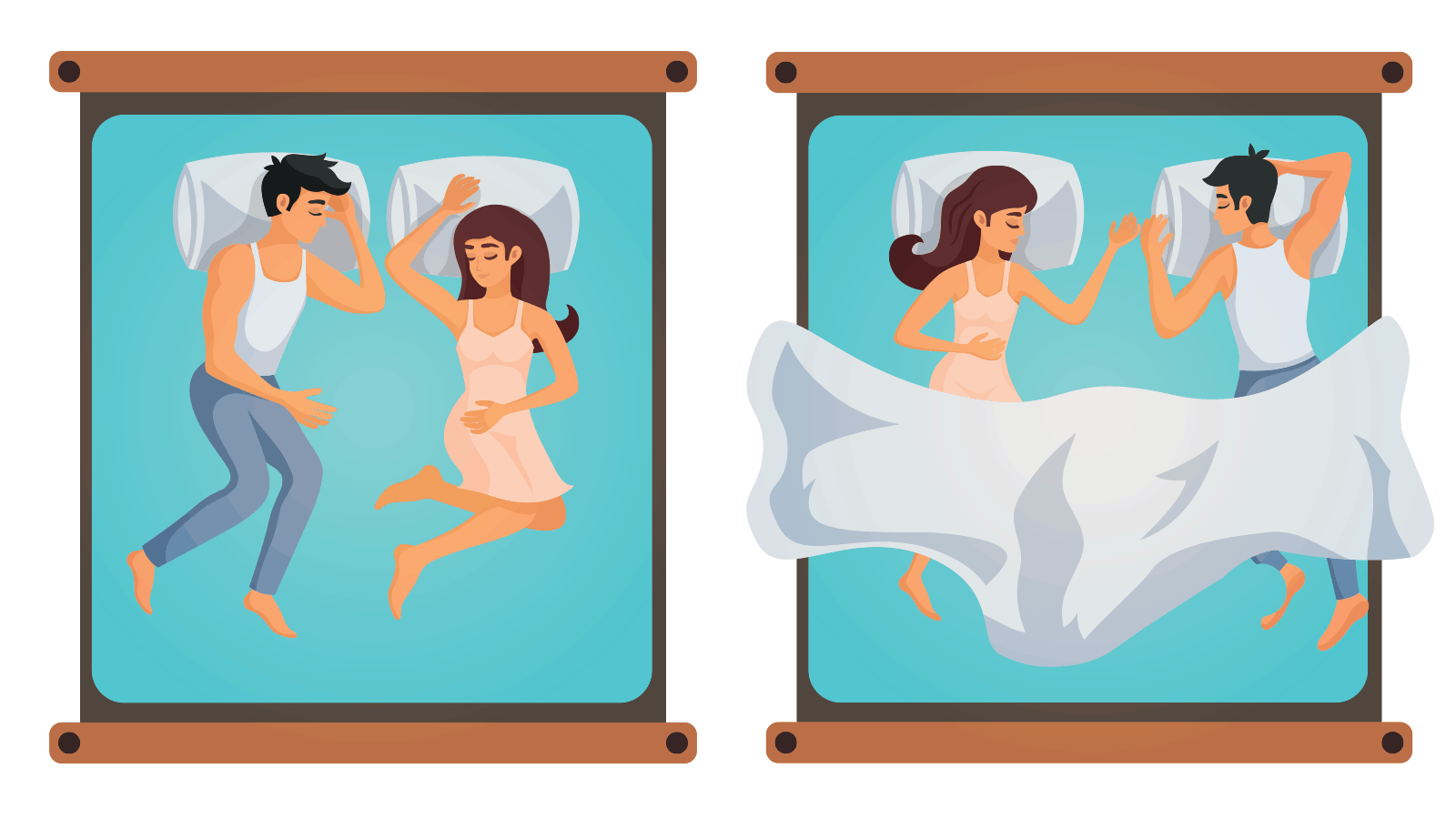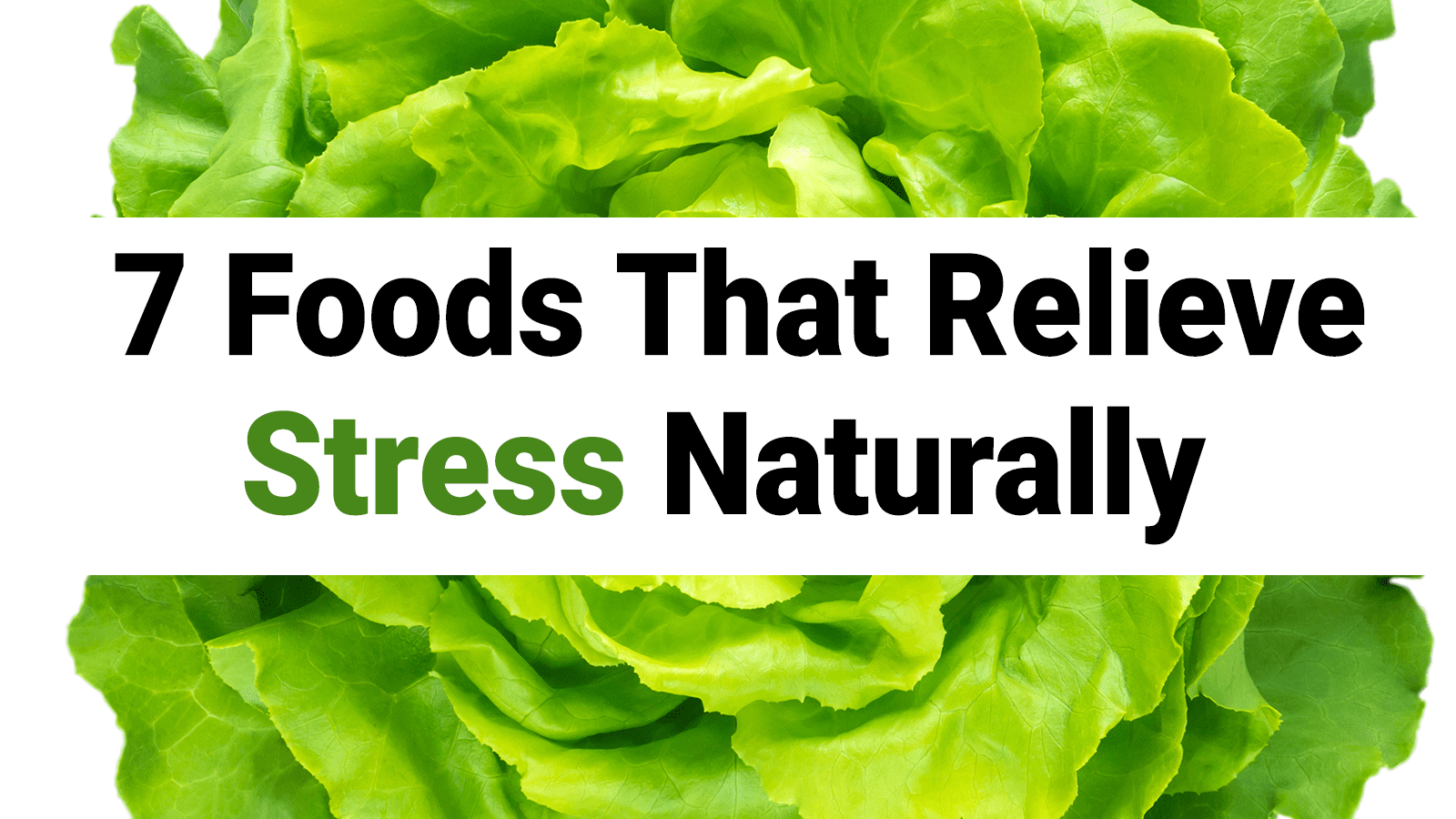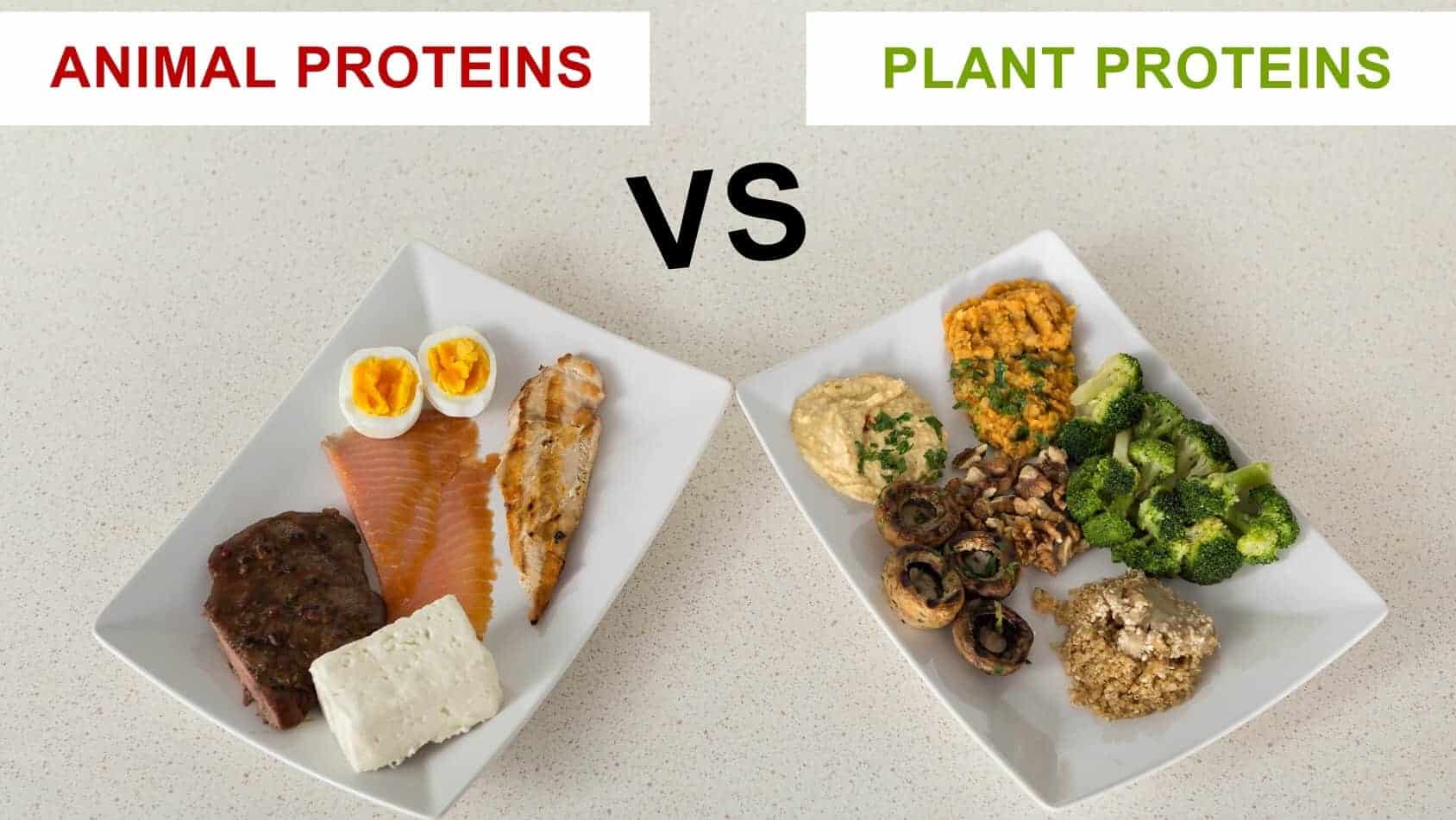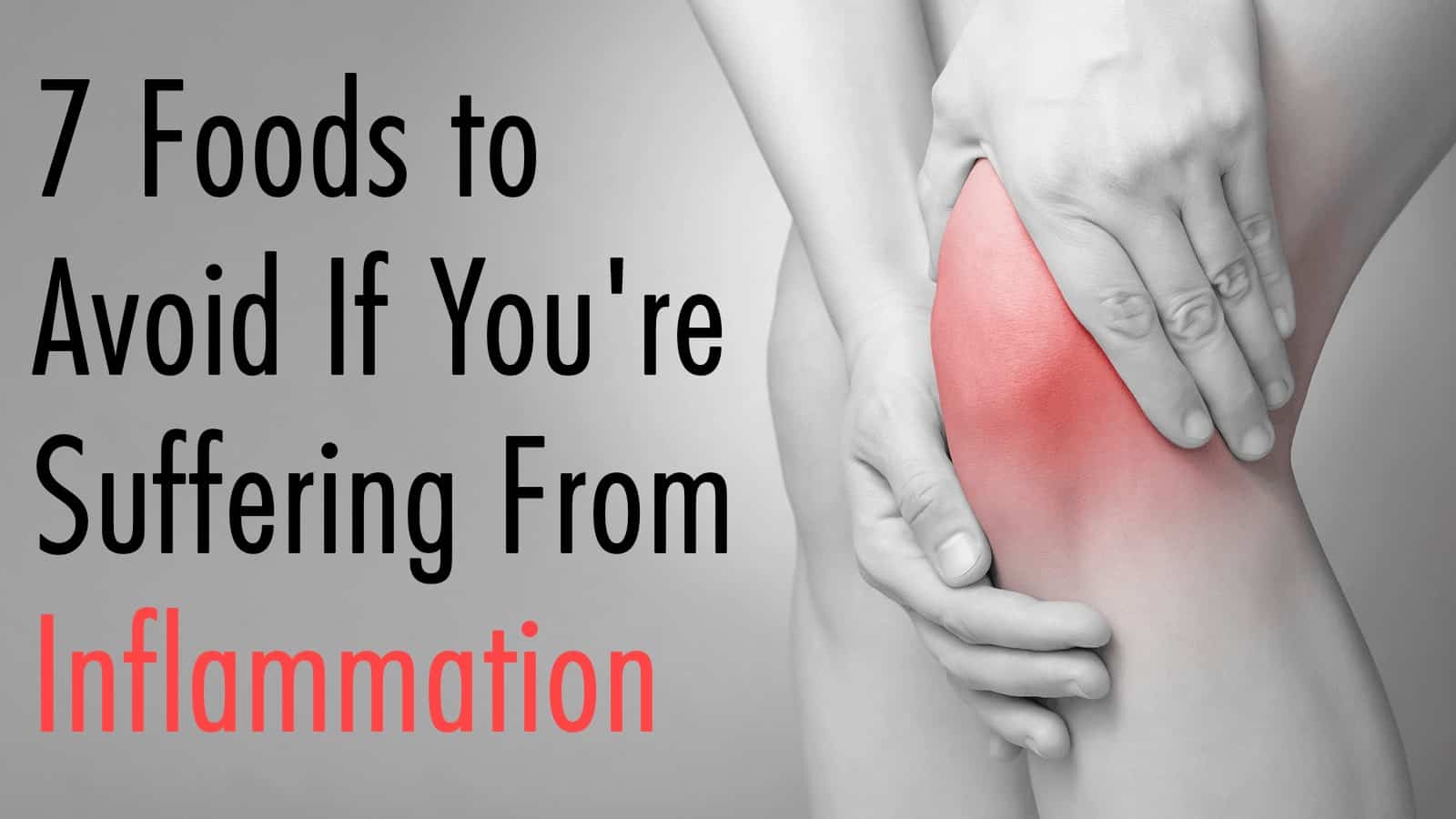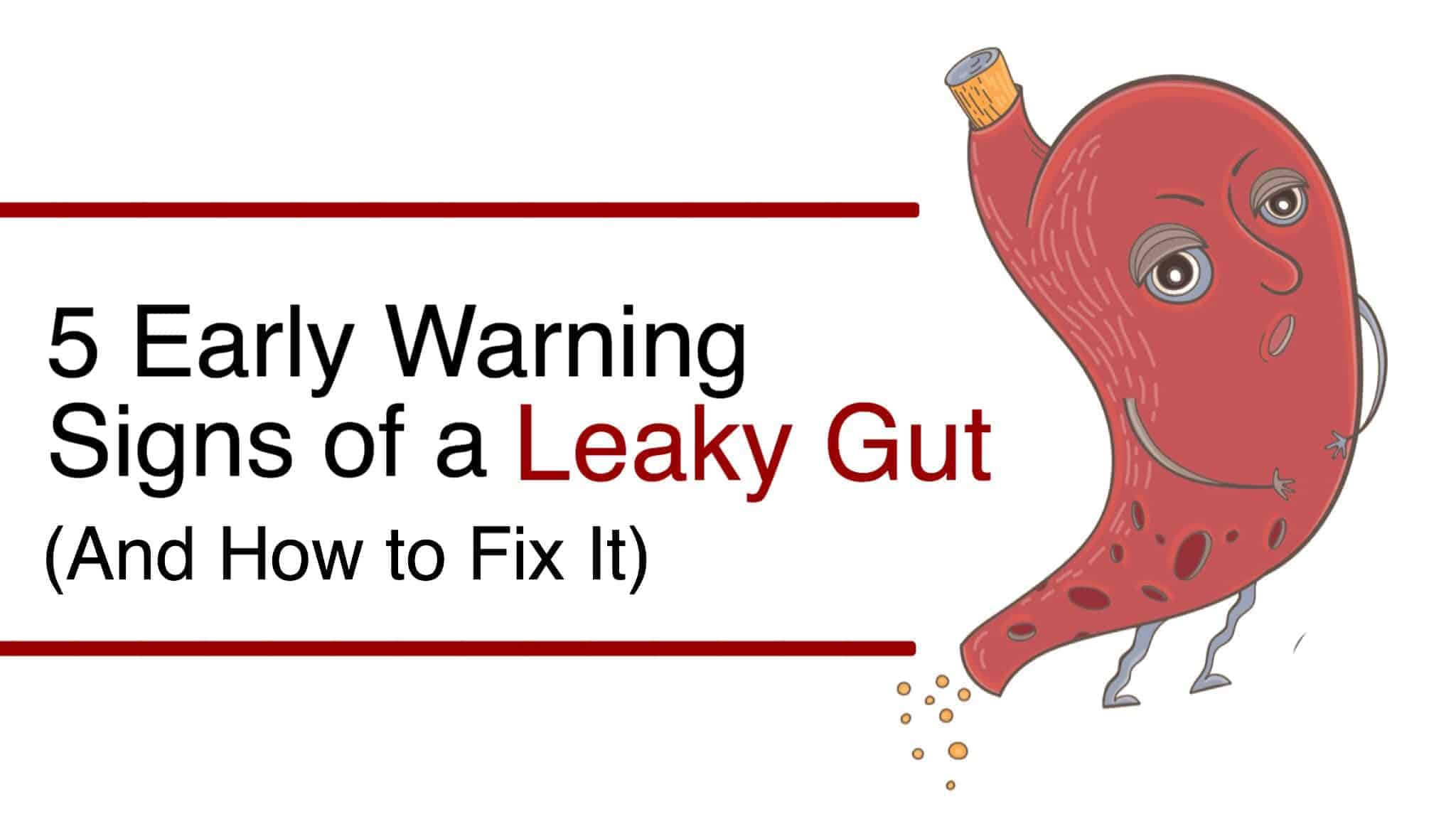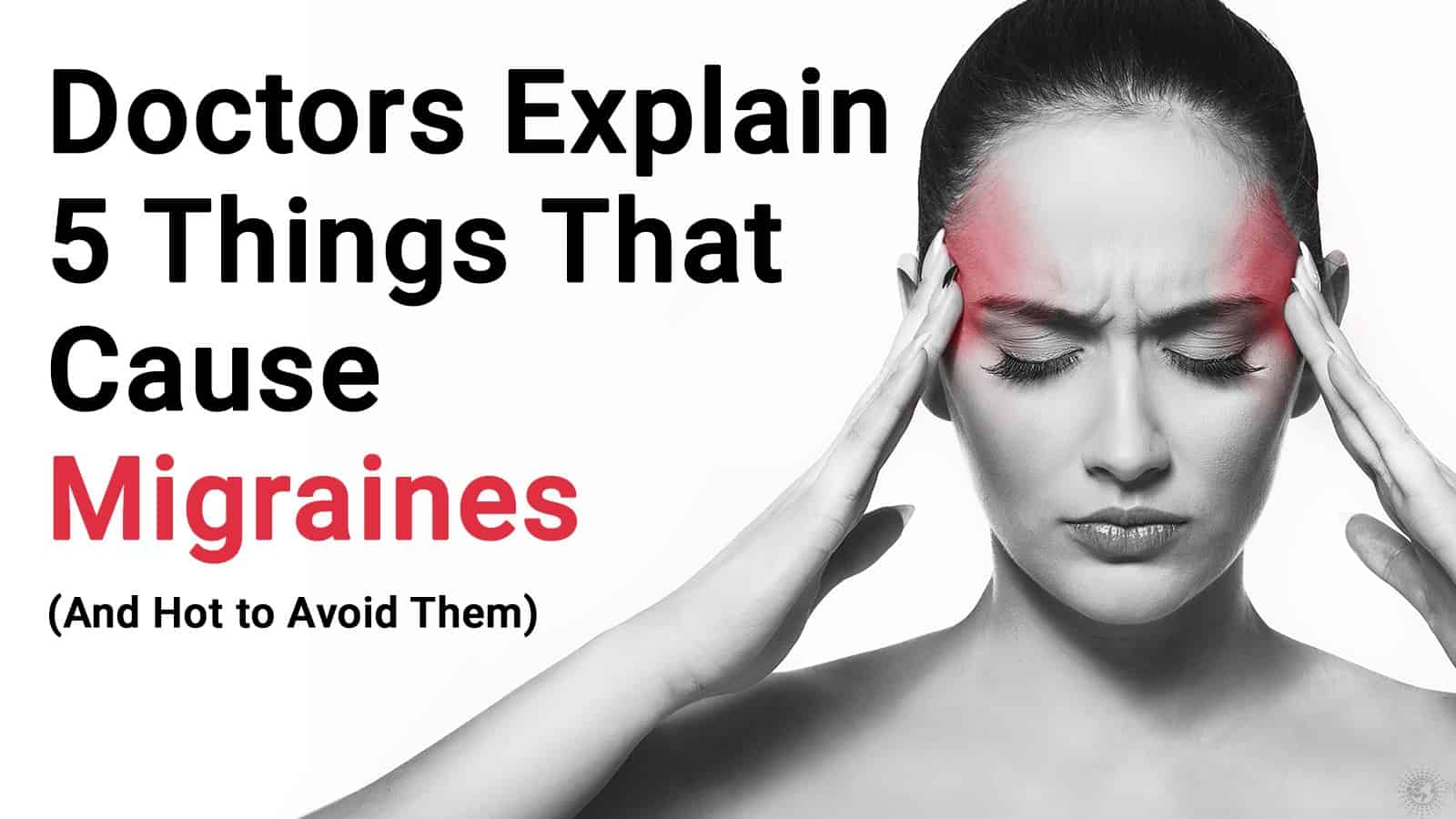Growing up and establishing an identity of your own is hard enough to do in a “normal,” healthy family. When the family has serious issues, it’s that much harder. Having a narcissistic parent can introduce huge extra challenges.
The truth is they won’t fundamentally change. People with Narcissistic Personality Disorder may make superficial efforts to fit in socially. Still, deep down inside, they will continue to have a skewed set of priorities that are problematic for people around them.
Here’s the cold hard truth about having a narcissistic parent:
You Need To Learn To Love Yourself
A narcissist isn’t really capable of loving other people. Being raised by such a person can you leave you warped by practices like parentification. One result is that you will tend to spend a lot of time looking to get validation from them, looking to prove you are good enough and looking for the love from them that you should have gotten but never did.
This is a dead end. It’s a bankrupt relationship. Putting more into it tends to be like throwing good money after bad.
Such people are emotional vampires. They will always bleed you. They will never nourish you. You need to learn to nourish yourself. You need to learn to love yourself.
No Contact And Practical Alternatives
Some people choose to cut the Narcissistic parent out of their life completely. Others choose to remain touch but to limit the contact.
Going no contact is the simpler answer. For some people, it is the only one that is manageable.
However, it is also the most extreme, and the fact that it is so extreme can interfere with you getting a normal life. It can interfere with relationships with other relatives and look weird to people with healthier families who won’t understand and may be inclined to assume you are the problem.
One option is to take a job, or marry someone with a career that will take you far from home and make it impractical to visit much. If handled right, this can make it look to the parents like you aren’t avoiding them.
You will still need to wrestle with them trying to micromanage your life from afar. But limiting their information and the control they can exercise is easier if they live far enough away.
This won’t work as well if your Narcissistic parent has the means and inclination to readily drop by to see you in spite of the distance. In a case like that, you will have no real choice but to take the bull by the horns and tell them they can’t do certain things if they wish to remain a part of your life.
You Need To Learn To Set Healthy Boundaries
Whether you cut them out of your life or not, you will still need to learn to set healthy boundaries, if only to try to have healthy relationships with other people. When you are parentified by a Narcissistic parent, boundaries get weird. It takes work to realign and get your social expectations out of the weird zone.
Some things you can do work on improving your boundaries:
- Learn to develop your “Nar Dar”
- Let go of the past.
- Get toxic people out of your life.
- Develop positive mental health habits.
Flying Low On The Internet
Someone with a Narcissistic personality is prime material for being a stalker. This can make having a normal internet life challenging. For most people these days, the internet is a big part of their life. Just staying off it may not be realistic. Even if it is, it is a hardship.
But there are ways to mitigate the problem. Here are some pointers:
- Chose user names on public forums that aren’t easily tied to you.
- Use different user names on different forums and don’t cross reference them.
- Don’t talk trash about your relatives online, not even in veiled terms. Be aware they may be reading it and this will only provoke them.
- Make sure you have strong passwords.
- Try to avoid having “dirty secrets” that people can hold over you. One way to do this is to be open about having family friction or other problems, but not too specific. The secrecy part is what makes it blackmail worthy.
You can’t control what they do. But you can make personal choices that help limit what they can do to you.
Moving far away and thinking very carefully about details like how to interact with the larger world via internet may sound burdensome. But it’s less of a burden than letting them have control over your life.




